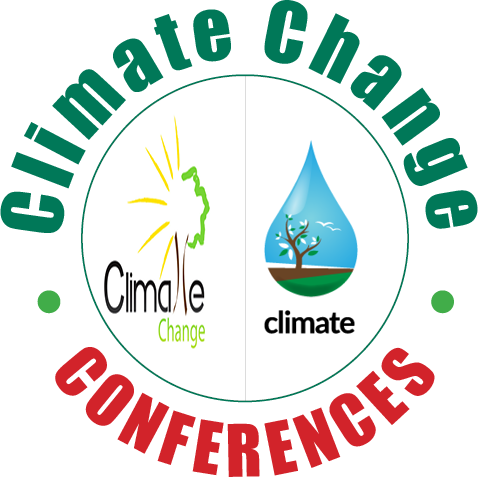
Limao Wang
University of Chinese Academy of Sciences, China
Title: Low carbon energy development and its contribution to realize the reduction target of carbon intensity in China
Biography
Biography: Limao Wang
Abstract
Setting low-carbon development should take account of multi-objectives with concern on different economic and policy background. This paper designed two scenarios to present the low-carbon energy development in China, including the appropriate low-carbon scenario (S1) and the advanced low-carbon scenario (S2), where three economic objectives (represented by the annual GDP growth rate) was set at 4%, 6% and 8% respectively during the period between 2015-2030.The analysis evaluated the development potentials of low carbon energy and their contributions for achieving the national target of cutting down the CO2 emission per unit GDP by 60%~65% by 2030 (compared to the 2005 level). We provided several findings: (1) under the S1, low-carbon energy will reach 11.94 Gtce, whereas under the S2, it will reach 14.93 Gtce by 2030. It was predicted that if the annual GDP growth rate was set at 4%, 6%, and 8% between 2015 and 2030, China should cut down 143.63, 194.81and 262.73 Gt CO2 emission, respectively; (2) Low carbon energy would contribute 12.58% (minimum) to 31.19% (maximum) toward the 2030 carbon intensive target; (3) higher GDP growth rate would make lower contribution in carbon mitigation. Maintaining a higher GDP growth rate would require more investment to low carbon energy, along with the optimization in economic restructure and the improvement of carbon productivity.

